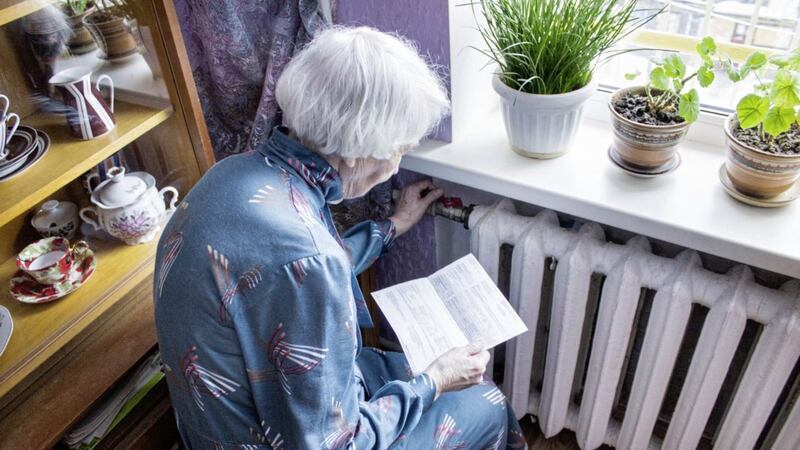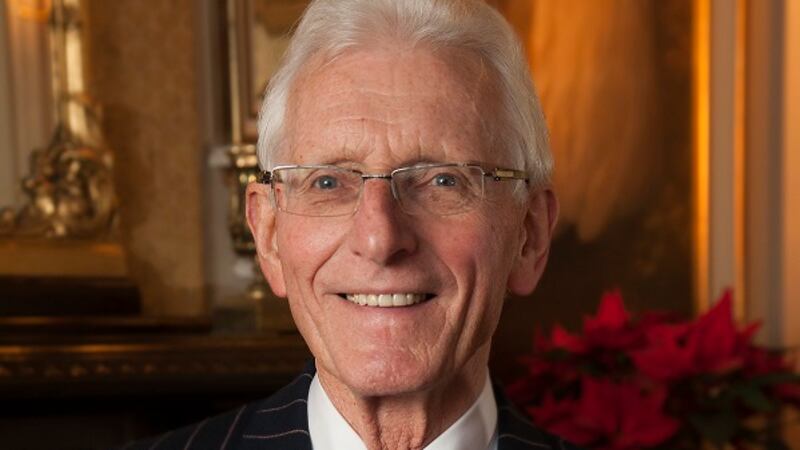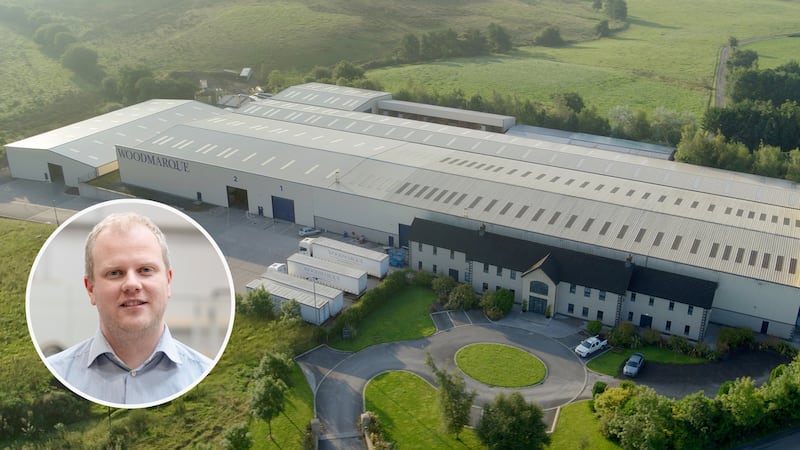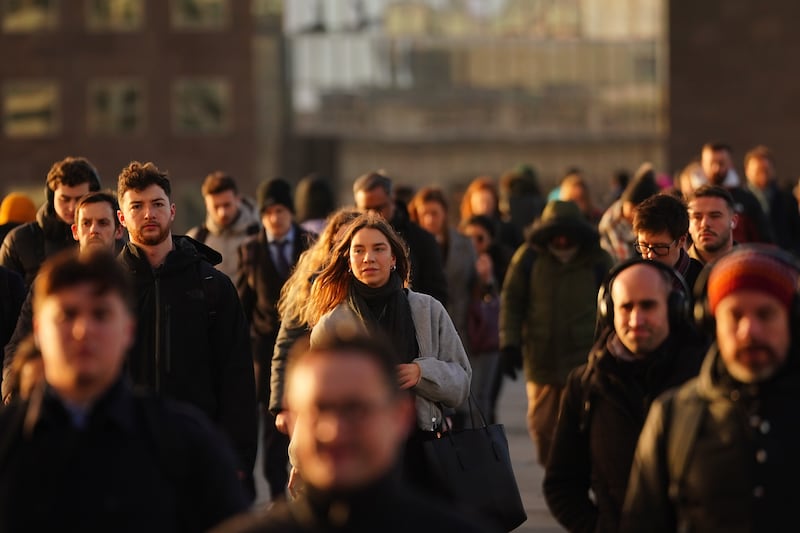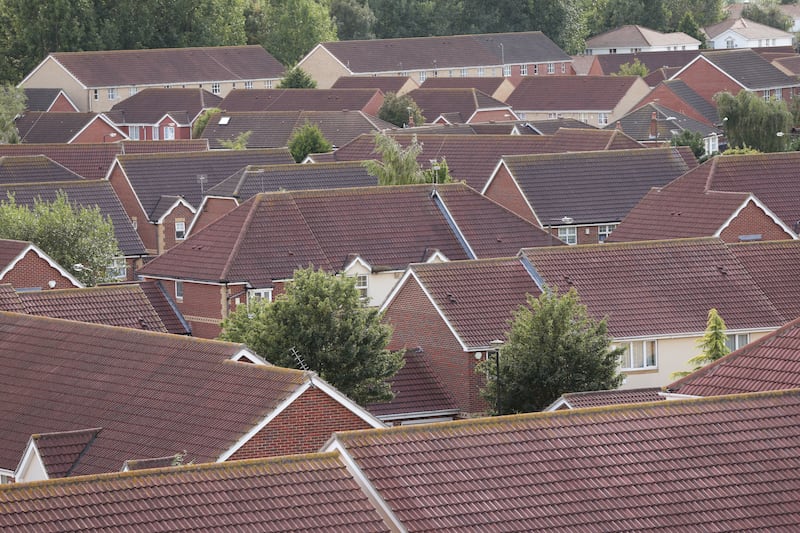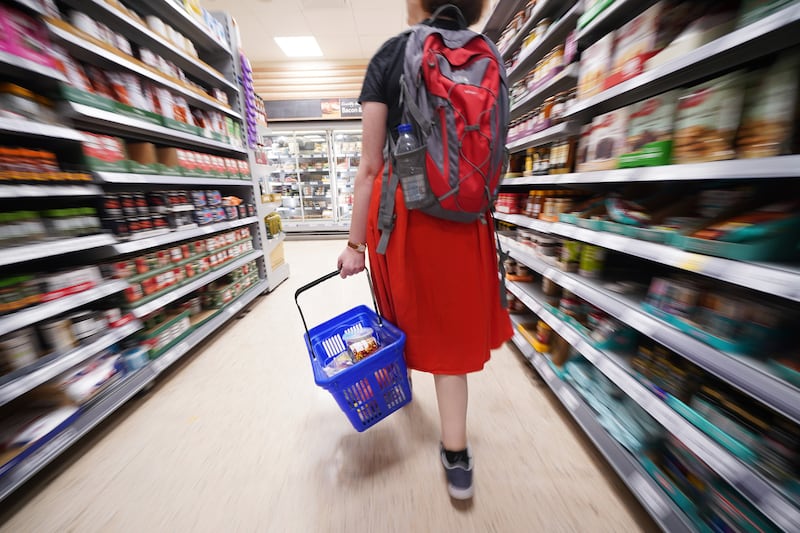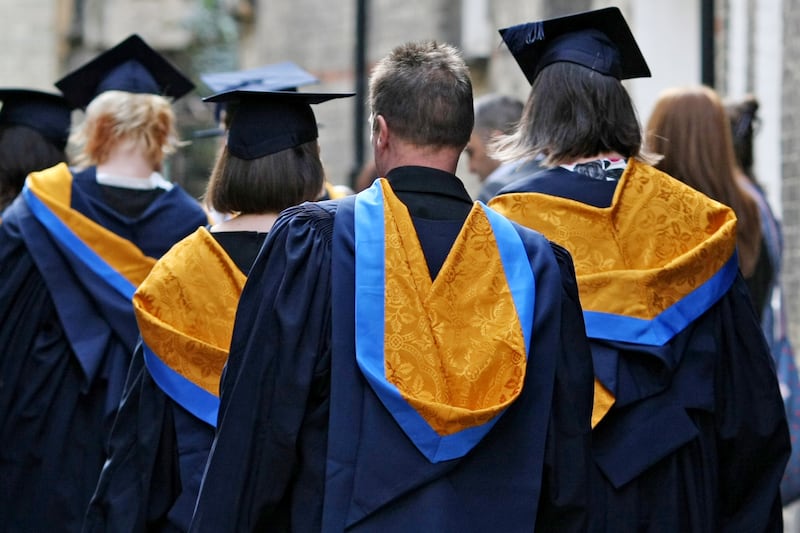UK inflation rose at its lowest pace in almost three years in October after gas and electricity prices fell on the back of the new energy price cap.
Figures from the Office for National Statistics (ONS) show the Consumer Prices Index (CPI) was 1.5 per cent last month, falling from 1.7 per cent in September. The rate of inflation was last lower in November 2016.
The reduction was greater than analysts predicted, having forecast a decrease to inflation of 1.6 per cent.
An ONS spokesman said: "A fall in utility prices due to a lowering of the energy price cap helped ease inflation in October.
"However, this was partially offset by rising clothing prices."
The introduction on October 1 of the new six-month energy price cap for households in Britain not on fixed-term deals brought down inflation for the month, the ONS said.
Ofgem lowered the price cap after it saw positive supplies and reduced usage of gas over the summer.
As a result, average gas prices fell by 8.7 per cent, while average electricity prices slid by 2.2 per cent for the month.
These price decreases had the most significant impact on the fall in inflation, but the ONS said the continued decline in the price of furniture and homeware was also a contributing factor.
The price of furniture and furnishings fell 2.4 per cent for the month, while carpet prices also sank lower.
A significant slowdown in the inflation of products in the recreation and culture category also contributed to lower inflation. Games and toy prices saw growth slow to 1 per cent from 2.5 per cent last month, ahead of the busy Christmas sales period, while book prices dived 3.8 per cent on discounting.
Food prices also fell by 0.7 per cent for the month, driven by cheaper meat, fish and vegetables, but alcohol prices rose on the back of a 2.8 per cent jump in the price of spirits.
Price decreases were largely offset by a rise in the price of clothes for shoppers in October.
Clothing prices increased by 1 per cent as the price of accessories jumped 1.9 per cent and customers forked out 1.3 per cent more for footwear.
The Retail Prices Index (RPI), a separate measure of inflation, was 2.1 per cent last month, dipping from 2.4 per cent in September. RPI was last lower in October 2016.
Analysts now believe the dip in inflation might prompt the Bank of England to cut interest rates given that households will have more spending power ahead of Christmas and next month's General Election.
Howard Archer, chief economic adviser for the EY Item Club, said: "This is likely to fan expectations that the Bank of England will cut interest rates before too long if the economy fails to pick up from its current struggles.
"Consumer price inflation looks likely to remain close to 1.5 per cent over the rest of the year and through the early months of 2020 - and it could conceivably edge down further."
Last week the Bank of England voted to hold rates, despite two members of its Monetary Policy Committee (MPC) calling for a cut.
The policy makers referenced signs that the labour market was cooling, while colleagues were cautious about Brexit uncertainty and a slowdown in the global economy.
David Cheetham, chief market analyst at XTB, agreed that the decrease will push calls for the cut but time is not on the side of the MPC.
He said: "A larger than expected fall in the most widely followed gauge of inflation could lead to further calls for the Bank of England to lower interest rates.
"Either way it is still highly unlikely that we get any movements in rates before the year is out, with the final policy decision due just one week after the General Election."
